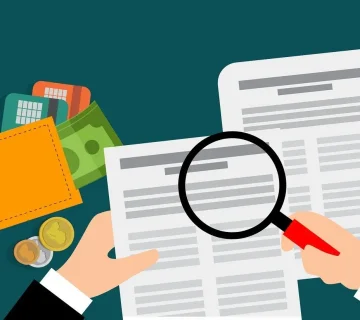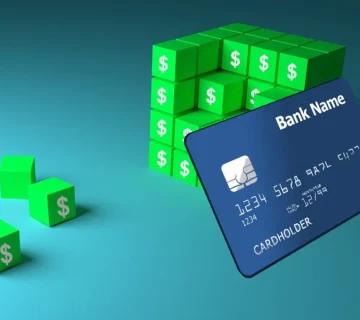Owning a home in Canada is a common aspiration for many newcomers. Unlike smaller assets, purchasing a home or property entails a substantial financial commitment.
For newcomers, navigating the process of financing a first home in Canada may raise numerous questions. This article aims to provide a comprehensive overview of obtaining a mortgage, highlighting hidden expenses, and offering budgeting insights and guidance to facilitate your home purchase.
What is a Mortgage?
A mortgage represents a loan extended by a bank or lender, enabling prospective buyers to acquire a home or property without paying the full purchase price upfront. Typically, banks offer mortgages covering up to 95 percent of the property’s value, subject to certain limitations.
Fixed vs. variable mortgage rates
In Canada, mortgages come with two distinct interest rate options:
Fixed interest rate: This rate remains constant for a predetermined duration, known as the “term.” The standard term chosen by many individuals is five years.
Variable interest rate: This rate fluctuates in tandem with the prime lending rate, primarily influenced by the Bank of Canada’s policy interest rate. The prime lending rate serves as the annual interest rate utilized by major Canadian banks and financial institutions to determine interest rates for variable loans and lines of credit, including variable-rate mortgages.
Depending on your financial institution or lender, you may have the option to transition from a variable interest rate to a fixed rate at no extra cost. It’s essential to consult with your lender regarding potential payment adjustments linked to the prime rate and carefully assess associated risks.
Steps to finance your first home in Canada
- Connect with a mortgage specialist The initial step in purchasing a home or property in Canada involves contacting a financial institution or lender specializing in mortgages. They can provide personalized guidance tailored to your individual circumstances.
Typically, there are three primary requirements to fulfill as part of a mortgage application:
- Down payment: This constitutes the cash portion paid towards the acquisition of your house or property. For purchases up to $500,000 CAD, the minimum down payment is generally five percent of the total cost, although this may vary based on factors such as your residency status in Canada (permanent resident, temporary foreign worker, student, etc.), assets owned, and income. For properties priced between $500,000 and $999,000 CAD, a ten percent down payment is typically required, while homes exceeding one million dollars necessitate a minimum twenty percent down payment.
- Credit history: Lenders typically expect borrowers to furnish a year-long credit history from either Canada or their home country. However, this requirement may be waived if a substantial down payment is made. In such cases, other personal assets in Canada may be considered. Establishing a positive credit history requires time, so it’s advisable to commence this process promptly upon relocating to Canada.
- Ability to repay the mortgage: Financial institutions or lenders assess the borrower’s capacity to repay the loan. This evaluation encompasses existing sources of income (with a 90-day history) and the potential to generate income in Canada.
Obtain pre-approval and establish your home budget
The subsequent step involves obtaining pre-approval for a mortgage. Pre-approval signifies that you meet the fundamental eligibility requirements, including the down payment, credit history, and income, necessary for securing a mortgage. During the pre-approval process, the bank will inform you of the maximum purchase price and delineate the required down payment.
Upon submission of all requisite documents, pre-approval can typically be granted expeditiously.
Consider utilizing the First-Time Home Buyer Incentive
The Canadian government offers the First-Time Home Buyer Incentive to assist individuals nationwide in purchasing their first home. This program grants buyers five percent (or ten percent, in the case of a new home) of the home’s purchase price as a no-interest loan to be used towards a down payment.
This supplement aids in reducing mortgage-carrying expenses, rendering homeownership more attainable. Upon selling the property or within a 25-year timeframe, you repay the same percentage of the home’s value as received through the incentive.
Submitting the mortgage application upon identifying a desired home or property
If you’ve obtained pre-approval for your mortgage application, the final approval process may span up to a week. However, there’s no cause for concern as your application will receive priority to meet the financing condition date specified in your purchase contract.
For those without pre-approval, provided all requisite documentation is promptly provided, the approval timeline remains unchanged. It’s advisable to secure pre-approval before identifying a home or property to avert potential delays in completing the purchase and to allow ample time for gathering necessary documents.
Repayment of the mortgage
Most borrowers opt for a mortgage repayment period spanning 25 years. Typically, borrowers have the option to make additional payments, thereby reducing the amortization period and overall mortgage duration.
Failure to make mortgage payments, and persistent defaults thereafter, could potentially lead to the risk of losing the home.
In the event of selling your home or property before fully repaying the mortgage, proceeds from the sale would first settle the outstanding mortgage balance, with any surplus amount credited to you as equity in the property.




